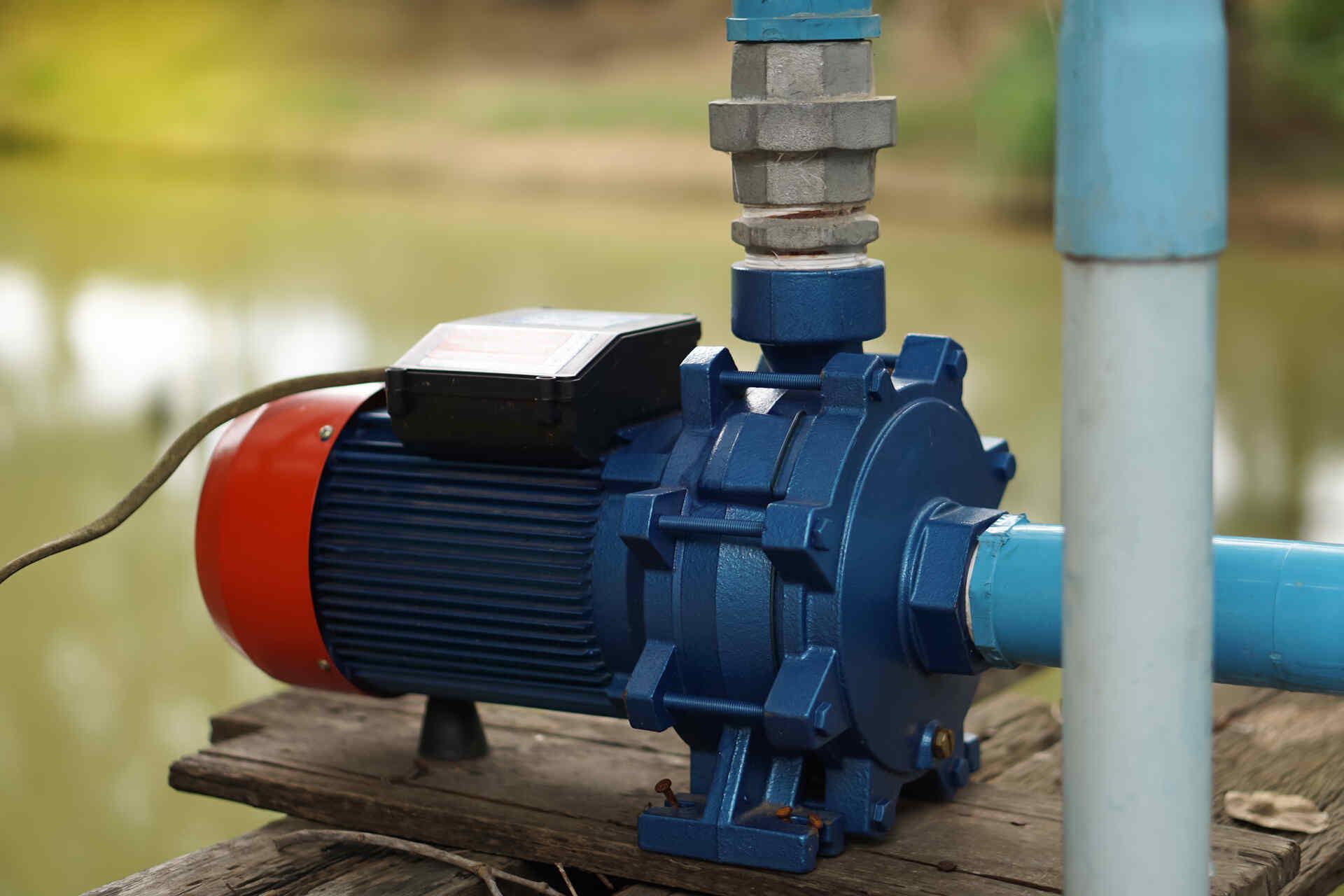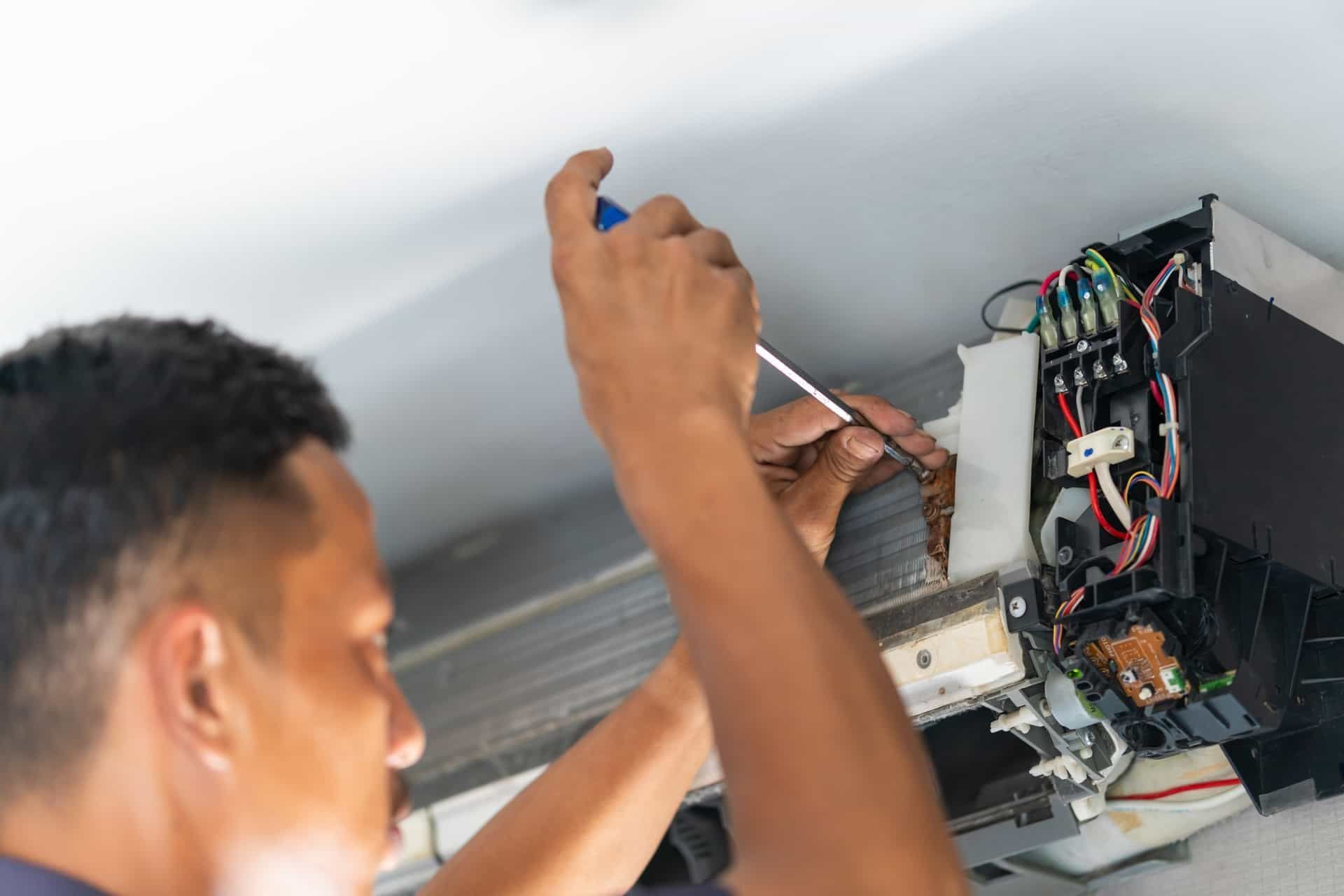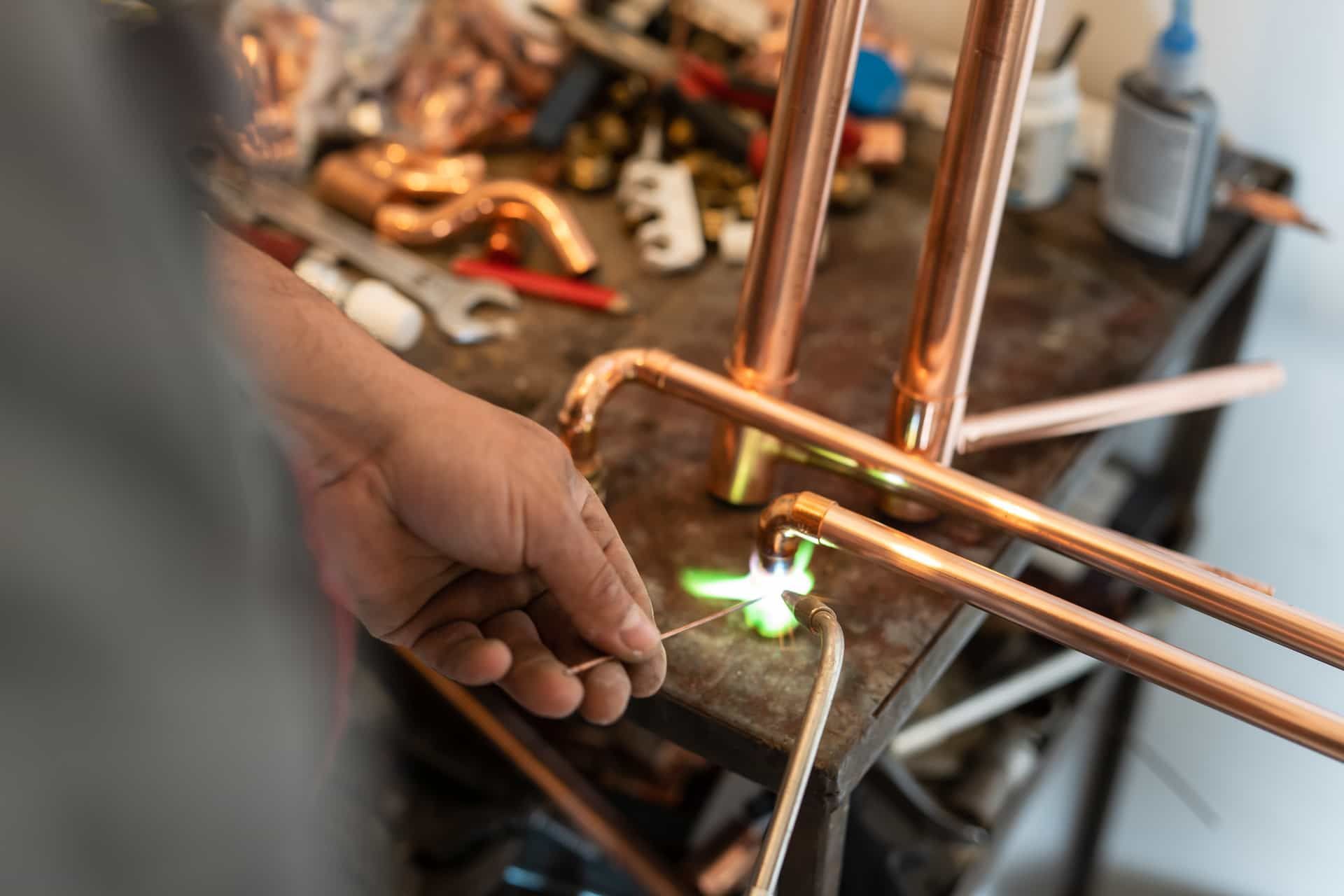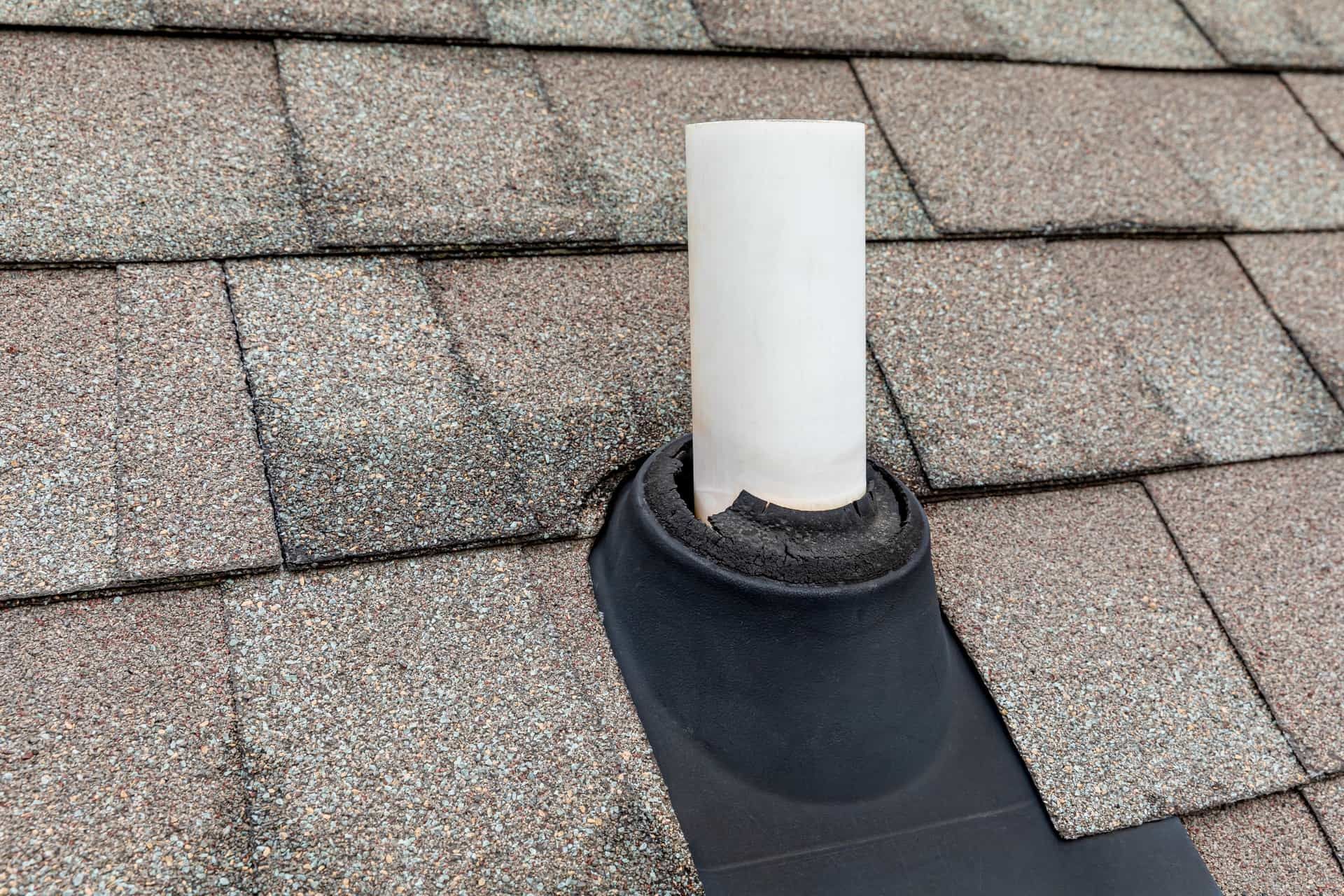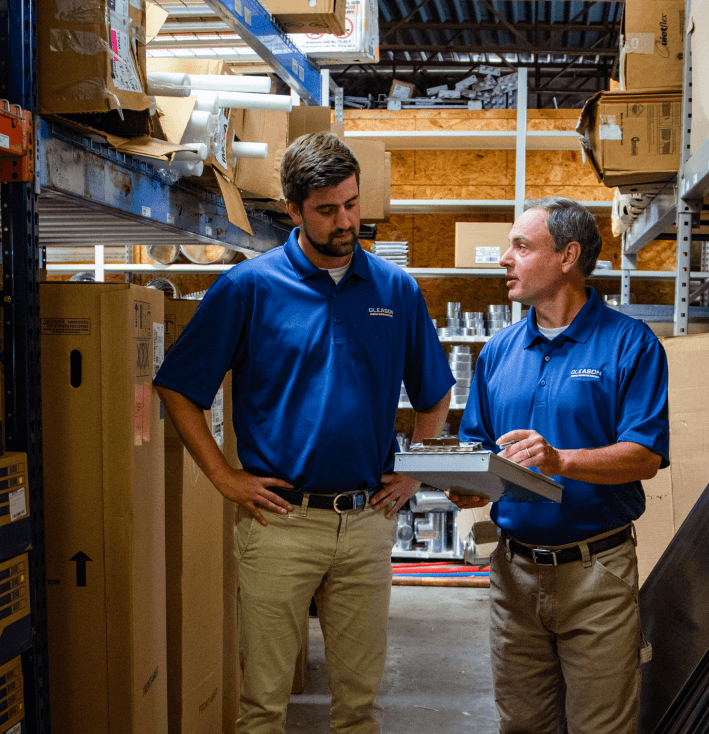Articles
HVAC Contractor Tips and Articles For Your Home
What Is the Water Heater Pressure-Relief Valve?
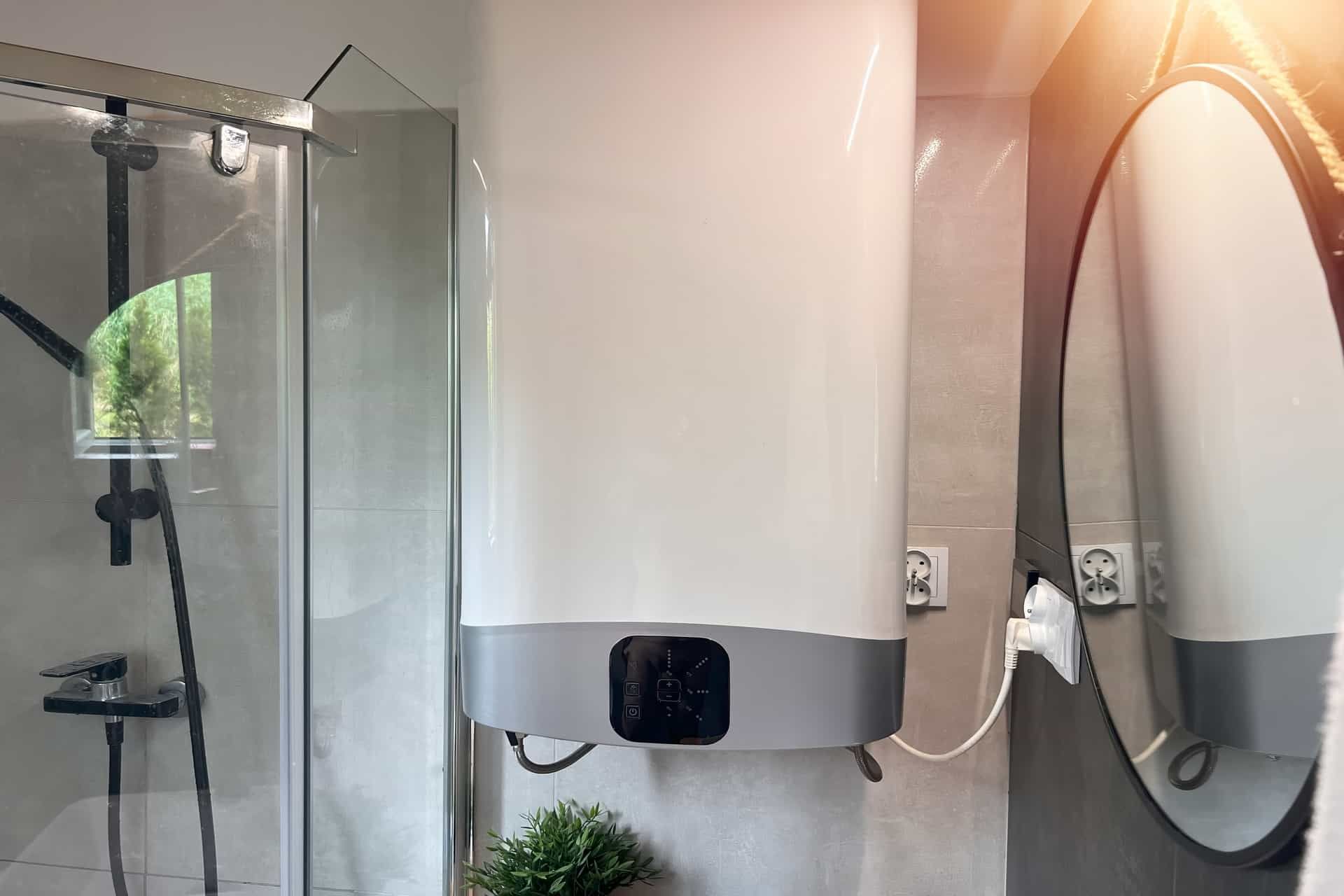
Water heaters play a vital role in keeping your home comfortable by providing hot water for bathing, cooking, and cleaning. But with this convenience comes responsibility—ensuring your water heater operates safely. One important safety feature of your water heater is the pressure relief valve. But what exactly is this valve, and why is it so important? Let's dive into the details.
What Does a Pressure-Relief Valve Do?
The pressure-relief valve (often abbreviated as the TPR valve) is a critical safety device on your water heater. Its primary job is to prevent the water heater from becoming dangerous in your home. As the water heats up, it expands, causing the temperature and pressure inside the water heater to rise. If this pressure isn't controlled, it could lead to the tank exploding or other severe damage.
The pressure-relief valve is designed to automatically open and release some pressure if it gets too high. This ensures that the tank doesn't exceed safe pressure limits. After releasing some water and reducing the pressure, the valve will close again to prevent further leakage.
Why Is the Pressure-Relief Valve So Important?
The pressure relief valve is essential because it prevents dangerous accidents. Without it, excessive pressure could cause the
water heater to rupture, leading to floods, burns, and even explosions. Imagine having a large tank of scalding hot water in your home without any mechanism to relieve the built-up pressure—it could be extremely hazardous.
The valve ensures that your water heater can handle the pressure safely, giving you peace of mind while using hot water daily. In short, it's a small component that plays a massive role in keeping your home safe.
How Does the Pressure-Relief Valve Work?
The pressure relief valve works through a simple but effective mechanism. When the water heater builds up too much pressure, the valve senses this and opens to release a small amount of hot water. This decreases the pressure inside the tank to a safer level.
Here's how it works step by step:
1.Sensing Pressure: The valve is designed to open when the pressure inside the tank exceeds a pre-set limit, typically around 150 psi (pounds per square inch).
2. Releasing Water: Once it senses too much pressure, the valve releases hot water through a discharge pipe to reduce the pressure.
3. Closing Back: After releasing enough water, the valve automatically closes, ensuring no more water escapes once the pressure returns to normal.
This simple process keeps your home's water heater from becoming a hazard.
When Should You Check the Pressure-Relief Valve?
Regular maintenance of your water heater's pressure relief valve is crucial to ensure it's working correctly. You should check the valve at least once yearly to ensure it's in good condition. Here's how you can check it:
- Turn off the power to the water heater (electric or gas).
- Lift the valve lever slightly to test if it releases water. If water flows out, the valve is working.
- Close the lever after testing. If water leaks after closing, the valve may need to be replaced
If you feel uncomfortable doing this on your own, it's always a good idea to have a professional inspect you.
What Are the Signs of a Faulty Pressure-Relief Valve?
The pressure relief valve can wear out over time like any other mechanical part, and here are a few signs that your valve may need to be replaced: inconsistent water temperature, strange noises, or leaks. If you're noticing any of these issues, it might also be time to look for a
new water heater.
- Continuous leaking: If water constantly drips from the valve, it may indicate it's stuck or faulty.
- Rust or corrosion: Visible signs of rust or corrosion around the valve mean it could be compromised and not work correctly in an emergency.
- No water discharge during a test: If you lift the valve's lever and no water comes out, the valve may be clogged or broken.
If you notice any of these signs, you must address them immediately by replacing the valve or calling a professional to handle the repair.
Can You Replace the Pressure-Relief Valve Yourself?
While it's possible to replace a pressure-relief valve on your own, it's a task best left to professionals if you need to become more experienced with water heater maintenance. Incorrectly replacing the valve can lead to improper pressure control, which could make the water heater unsafe.
If you choose to do it yourself, follow these basic steps:
- Turn off the water heater and drain some water from the tank.
- Remove the old valve using a wrench.
- Install the new valve and ensure it's appropriately tightened.
- Turn the water and power back on and test the new valve.
A licensed plumber can safely and efficiently replace the valve if unsure about the process.
How Can You Prevent Issues with the Pressure-Relief Valve?
There are a few steps you can take to prevent problems with your water heater's pressure-relief valve: regularly inspect and test the valve to ensure it’s functioning properly, flush the tank periodically to remove sediment buildup, maintain the proper pressure settings, and install a
water heater expansion tank to accommodate thermal expansion and reduce pressure fluctuations.
- Regular Inspection: Test the valve at least once a year to ensure it's working correctly.
- Check for Corrosion: Look for any signs of rust or corrosion around the valve and replace it immediately.
- Professional Maintenance: Have a professional inspect your water heater annually. They can spot issues before they become serious.
Keeping up with regular maintenance ensures that your pressure relief valve will function properly when needed.
Conclusion: Why Should You Care About Your Water Heater's Pressure-Relief Valve?
The pressure relief valve is a small but vital part of your water heater. It prevents dangerous pressure build-up by releasing excess water, ensuring your home stays safe. Regular inspection and maintenance can prevent serious issues and keep your water heater running smoothly.
Need help with your water heater or other plumbing needs? Contact Gleason Heating and Air Conditioning today for expert service!
If you have been searching the internet for “HVAC companies near me,” the search ends here! Gleason Heating and Air Conditioning is a trusted HVAC contractor in Wauconda, IL, providing top-rated heating, air conditioning, plumbing, and electrical services. Whether you live in Wauconda, IL, or the Northern Chicago Suburbs, we offer same-day service for furnace repairs, frozen pipe repairs, leaking water heaters, new furnace installations, AC repairs, and system maintenance. Our team is committed to total customer satisfaction, and we follow up after each job to ensure everything is done to your satisfaction!
Disclaimer: The information on this website and blog is for general informational purposes only and is not professional advice. We make no guarantees of accuracy or completeness. We disclaim all liability for errors, omissions, or reliance on this content. Always consult a qualified professional for specific guidance.

